Hydrocolloid Pad “Sandwich Method” For CGM/POD Skin Rash or Irritation
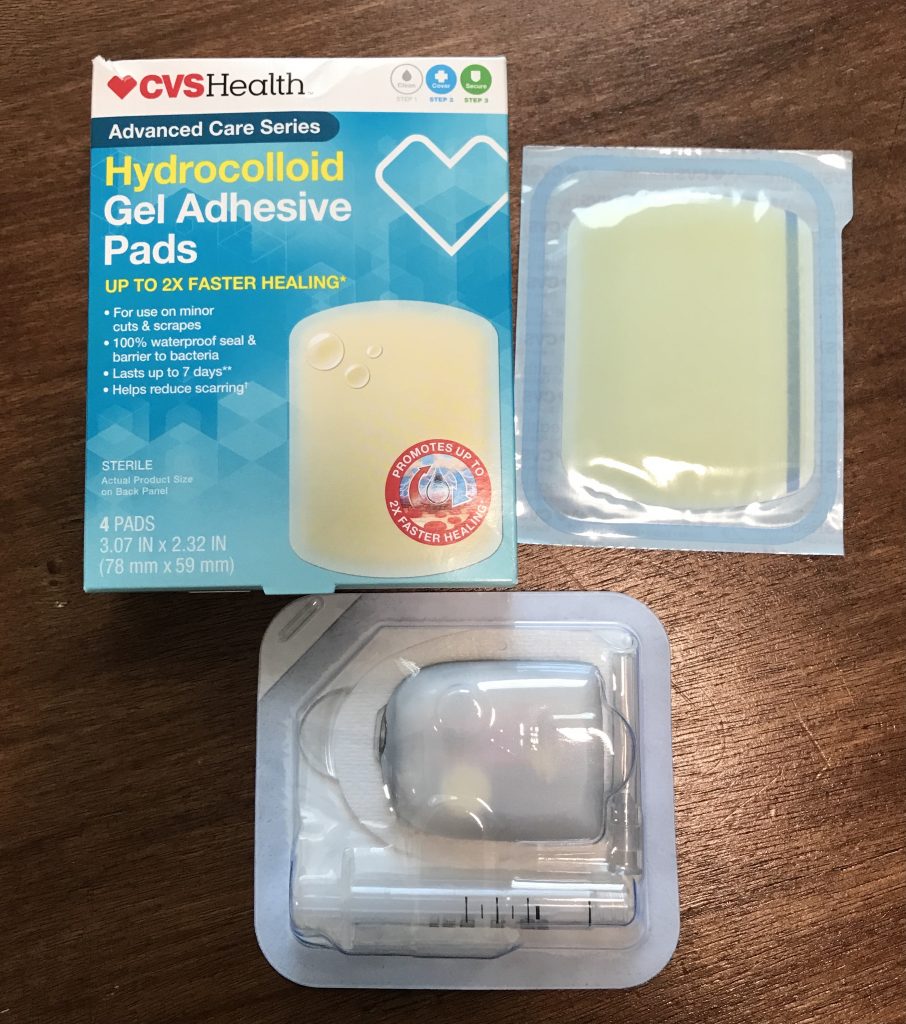
My son has never had skin irritation issues with his Dexcom CGM or his Omnipod Pump until very recently. His skin just started developing a sensitivity to the Omnipod’s adhesive.
After research, a call to his medical team, and trying many different solutions, I *believe* we finally found what works for his skin: Hydrocolloid Gel Pad on his skin to prevent the Omnipod adhesive from coming into direct contact with his skin.
It really took us by surprise because we did not change any of his routine nor have we switched products that we usually use for his skin. He started having rashes and bumps under his Omnipod site that became itchy and dry after the redness dissipated. His skin just started developing a sensitivity to the Omnipod’s adhesive.
There aren’t many options in the market. After looking into a few skin barrier options we landed on the CVS brand Hydrocolloid Dressing Gel Pad mainly because the ingredients in a hydrocolloid dressings promotes wound healing.
Here is the Amazon link to the CVS Brand Pads: https://amzn.to/3ka5Xx1. Another option is the All Health Hydrocolloid Pads: https://amzn.to/3ka5Xx1
Here is my layering process:
*Note: I stopped using alcohol wipes for cleaning the site and instead I am cleaning his skin with warm water and a towel.
- I cut out a small area of the gel pad to make room for the pod cannula to go through (I sometimes trim the gel pad all around to make it smaller to fit my son’s arm).
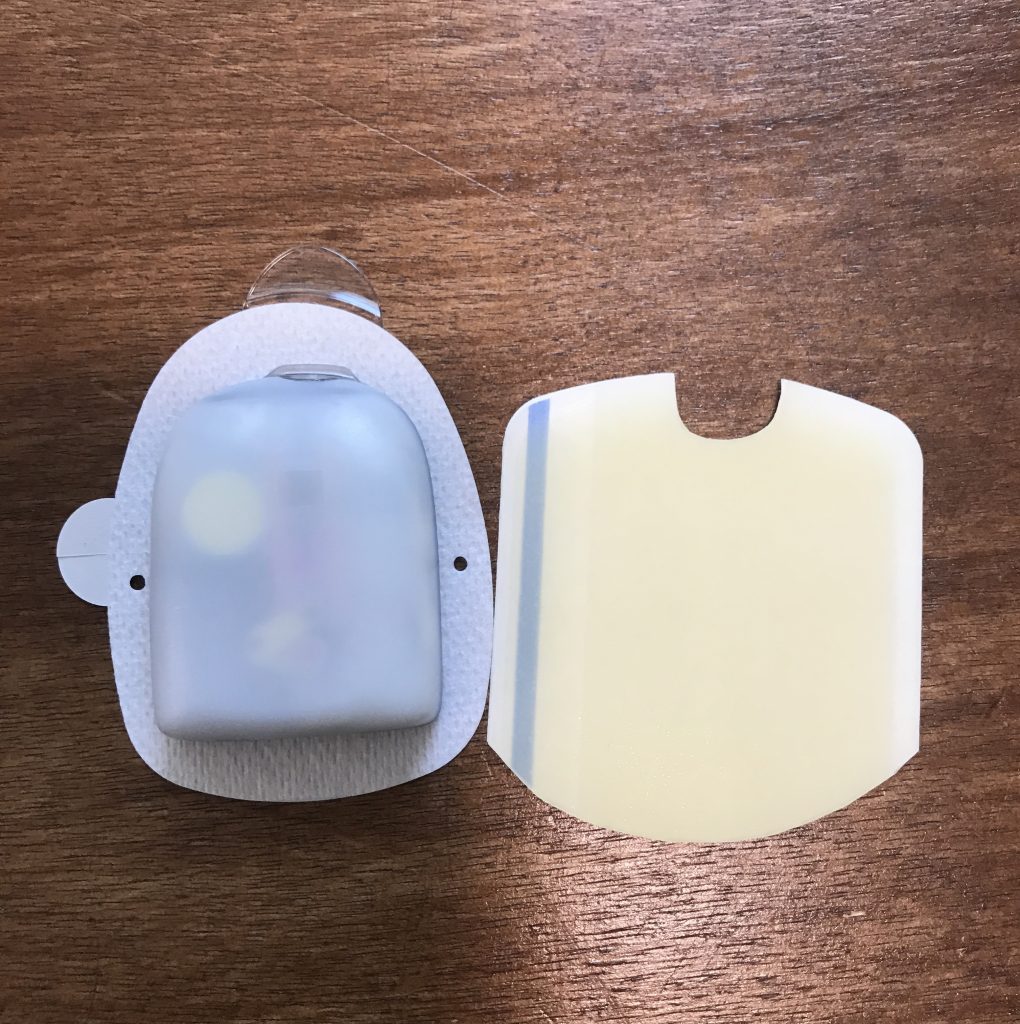
- I spray his clean skin with Flonase antihistamine and wait for it to dry.
- I place a hydrocolloid dressing gel pad on his skin after the Flonase has dried.

- I place the pod on top of the hydrocolloid dressing pad so the Omnipod adhesive is not directly on his skin. This is where the Gel Pad acts as a barrier between his skin and the Pod adhesive. (I read some people trim or remove the adhesive backing of the pod altogether).
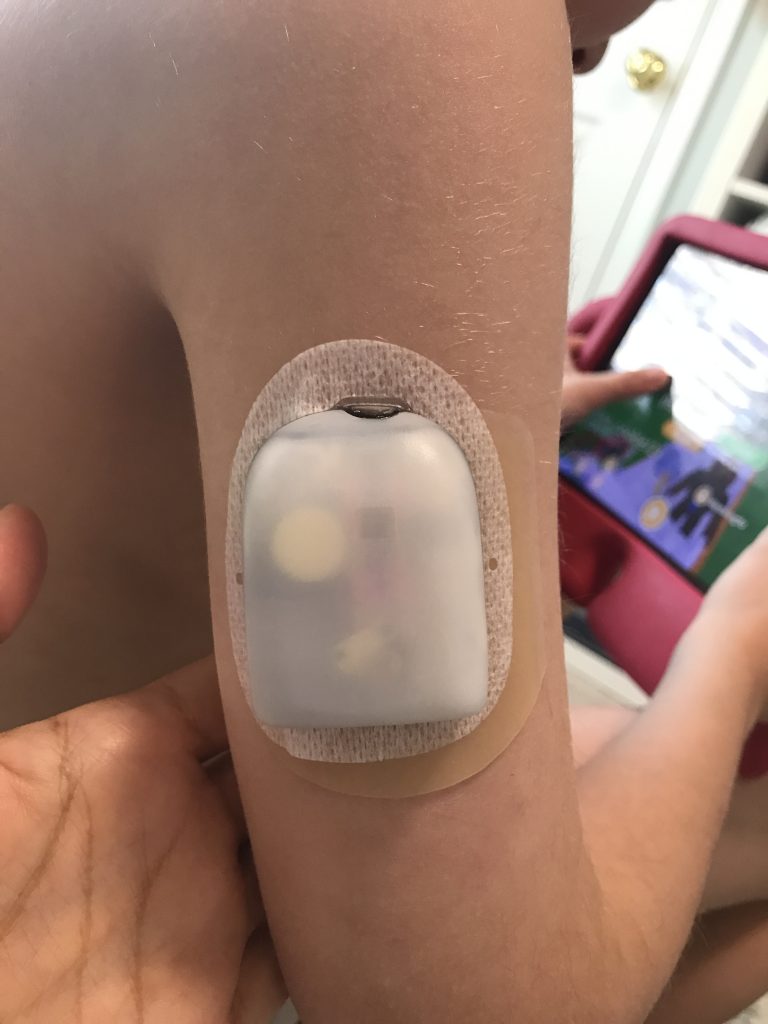
- I place a hypoallergenic patch on top of the pod to hold things in place. We use a couple of preferred brands that do not give him a rash.
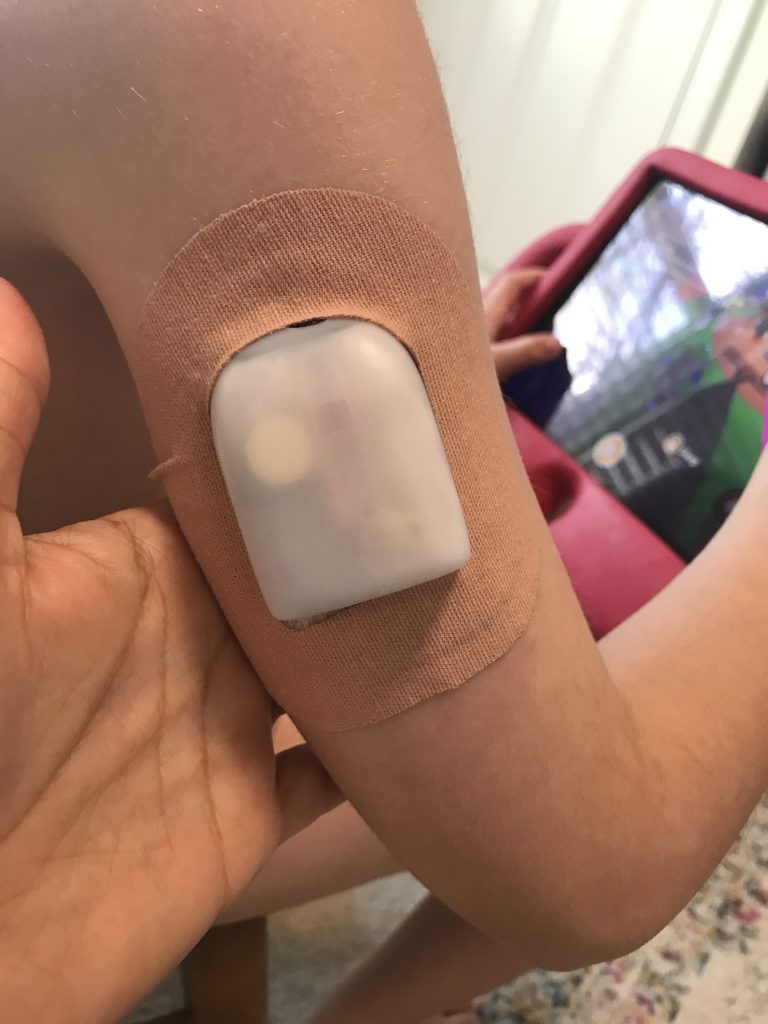
The “Sandwich” is done. I am hoping to nurse his skin back to normal and then try to use less chemicals on his skin moving forward.
I have to mention that one of the main helping factors in healing his irritated skin is generously applying CeraVe Healing Ointment on his arms and legs. I try to apply it once a day on his arms, legs, and the sites on his body that we use for Dexcom and Omnipod. It has been working wonders.
Also, whenever I remove a pod from his skin, I use TacAway to clean all the adhesive off of his skin and I always apply Neosporin on the area to prevent infection.
*Please note that this is our personal experience and it should not be taken as medical advice. Please consult your medical team if you have any questions regarding diabetes management and your health.
*As an Amazon Associate I earn from qualifying purchases.*

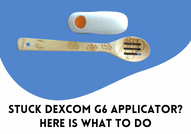
Kari
This was very helpful! What kind of patch do you put over the pod?
thist1dparent
Hi Kari, I am glad this post was helpful! I have tried so many patches over the last 5 years (some good and some so and so). We are currently using PodPals patches from sugar medical. They have been excellent. They are light, stay on through showers and are easy to remove. Hope this helps!